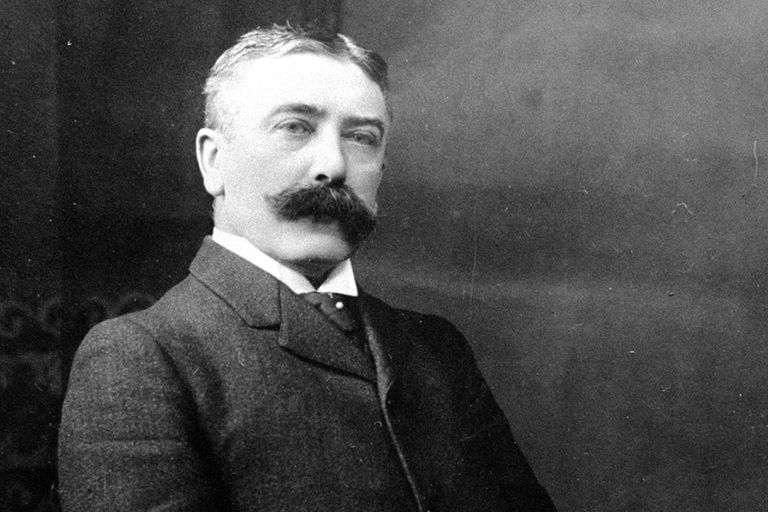
Structuralism is the theory that a literary text is a small piece of a larger structure of literature, which speaks to human experiences and the way experiences are understood. Two theorists of structuralism, Ferdinand de Saussure and Roland Barthes, explain that pieces of literature are signs that point to a larger structure, relating to a cultural meaning that shapes the way humans think and understand. To implement structuralist theory, one must think about predictable patterns by revisiting thoughts and ideas from previously read texts, as well as what cultural meaning those ideas reflect in order to place them into a logical contextual framework. For example, it can be argued that “A Rose for Emily” and “The Oval Portrait” are two short stories that are valuable as part of the contextual framework Gothic Decay because they point to the deterioration of mental wellness as characters are driven to commit unspeakable acts in the name of love.
According to Ferdinand de Saussure, the way literature is understood is through grammar, or the order of language, as well as signifiers and the signified. He explains that the signifier, like “A Rose for Emily” or “The Oval Portrait”, points to the signified, which is the larger framework, like Gothic Decay. He also suggests that understanding literature happens through differences and binary opposites. “The Oval Portrait” is a short story about death, not life, and is a Gothic, instead of modern, piece. Through the differences between style and subject matter, one can understand the bigger structure of Gothic Decay, as a possible genre, signified by these short stories. This theory has limitations in that words are simply signifiers of an object and are different from language to language. Also, limitations arise because language is fluid and ever changing.
Similarly to Saussure, Roland Barthes believes that narratives take on a larger meaning as they are a sign, like a signifier of, culture and shared human experiences, like rituals. Barthes also argues that there must be several examples from previous works to understand the grammar of a narrative. There must be a context in which the reader has seen the same story or same experience. This theory also exhibits limitations in that not every culture has the same rituals, making it difficult for those outside of the culture to comprehend.